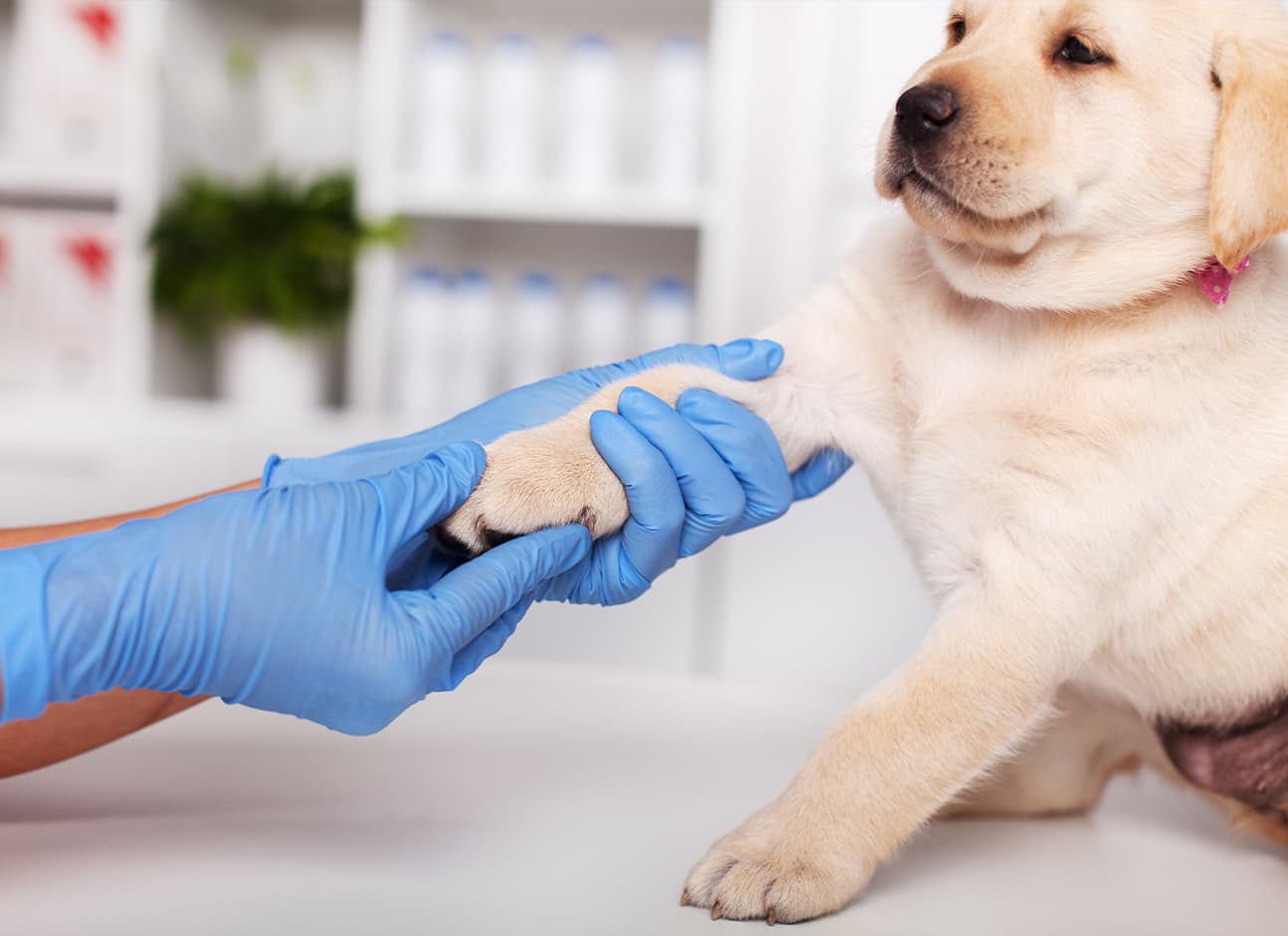As a pet parent, you would want your fur baby to always be healthy and happy, actively frolicking about and enjoying life. However, canine limping can significantly lower the quality of life and prevent your dog from jumping and running about freely.
Limping in dogs can occur due to many underlying reasons. According to experts, there are two kinds of limping namely sudden onset and gradual onset. Sudden onset limping occurs suddenly due to some kind of injury or trauma. Gradual limping happens eventually over a period of time usually because of an underlying, chronic condition usually dysplasia or osteoarthritis. Other possible causes of canine limping include bone disease, infection, insect sting, congenital conditions, neurological damage, overexertion, and even genetic disorders.
Some signs of limping in your dog include difficulty walking or running, trouble climbing up and down the stairs, pain, and inflammation or other abnormal conditions in the joints. If you notice one or more of these symptoms in your dog, the best course of action would be to schedule an appointment with your veterinarian. In the case of sudden trauma-induced limping marked by dislocation, fractures, or swelling, you must take them to the veterinarian immediately.
Treatment for limping depends on the type and seriousness of the limp. The veterinarian would generally recommend weight management, exercise regulation, pain killers, anti-inflammatories, or in the case of injury or trauma, even surgery as potential treatment measures.
Even though canine limping can be distressing, there are steps that you can take to prevent or mitigate the chances of your dog developing the condition. Managing your dog’s weight, supervising their activities in order to eliminate accidents and other possible serious injuries, regularly examining their feet and paws for any dust or dirt fragments, and keeping abreast of their genetic history, are some preemptive ways that you can adopt. You can ask your veterinarian to learn more about the ways in which you can prevent or treat limping in your canine friend.
